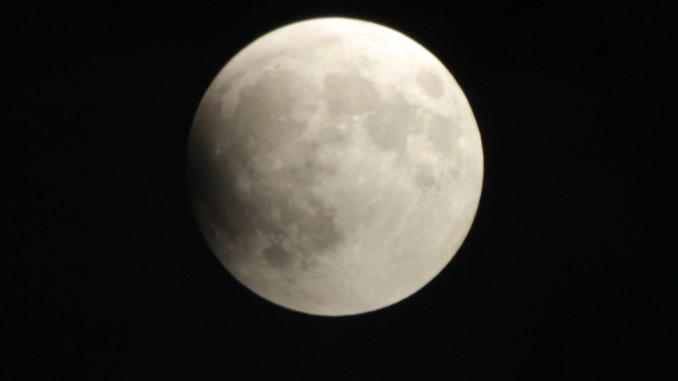
The Astronomy Night on Feb. 4 at 6:30 p.m. was a learning opportunity for audience members to expand their general knowledge of the night sky. As the dome screen faded to jet black and cast the New Paltz horizon in a 360 degree picture, an eager audience watched the twinkling stars and ensued on a space exploration.
As the constellations moved across the screen in artificially expedited time, Observatory Director Raj Pandya gave the audience some time to locate one star that remained stationary. According to Pandya, this is Polaris, or the North Star. Another way to find it is to use the two stars that make the upper rim of the Big Dipper and trace an imaginary line that connects them from the innermost star to the outermost; they point to Polaris.
While Pandya spoke of specific types of stars and galaxies, he also pointed out constellations named after Greek figures, many of them gods and demi-gods that were significant mythical characters during ancient times.
The night was concluded after the planetarium show, since the weather proved too cloudy for observatory viewing.
Despite a cancellation to the second part of the event, almost all seats were filled for the simulation. According to Pandya, this is typical for most astronomy nights.
“Usually there’s a very high attendance of what we can handle,” he said. “Usually around 30-40 people in advance.”
Pandya also indicated that this time the tickets were sold out within about 48 hours. Students and community members readily take advantage of this event. From children coming with their parents to seniors enjoying the show with spouses and family, all ages are welcome to enjoy ageless wonder of the universe.
“In 2015, about 4,000 people came to the shows,” Pandya said.
In order to entertain and teach a wide audience, a lot of effort is spent in preparing the astronomy nights on campus. There are two to three people who take part in making the presentation, despite the complexity of scientific information and computer images.
“Sometimes students help, but never more than a handful of people. Volunteers from the campus and community also help,” Pandya says.
And each show’s layout is unique, so viewers will never sit through something they have seen before. This time, the audience was taught how to use the night sky as a GPS to find any cardinal direction. Other topics included how to spot planets, ages of the stars in the Milky Way and how far stars are spread out.
“People seem to enjoy it very much,” said Lionel Roseval, third-year year astronomy major. “They don’t get much exposure day to day about astronomy.”
Jen Pinto of Rosendale and Kim Collins of Highland can attest to this. They said “the visuals are amazing,” and they learned “how to locate the North Star through the Big Dipper, [and] the width of the other galaxies.”
Even Lionel Roseval said he learns from helping out with these events. Astronomy students who take the Planetarium Operation may present to the audience what they have helped with, and after they may be employed as part of the team. Pandya encourages astronomy students to help with event processes in order to become familiar with presentation styles and to learn how to conduct research.
Whether Astronomy students are delving into the mathematics of lightyears, faculty are researching latest discoveries, or stargazers philosophize about life’s significance, there are always more facts to learn and questions to be asked about space, especially at SUNY New Paltz Astronomy Department.
Shows are hosted at the John R. Kirk Planetarium on the SUNY New Paltz campus. A schedule of the semester’s shows and information on tickets can be found here.
